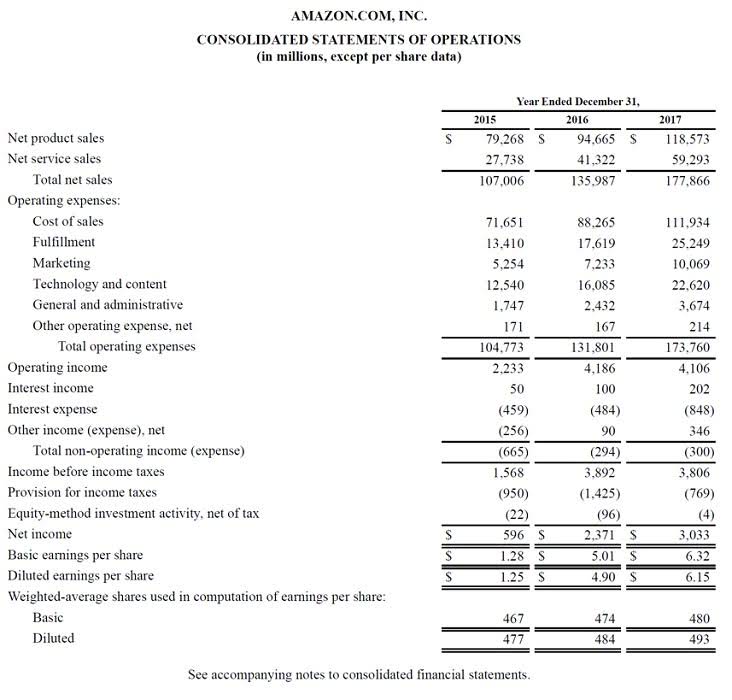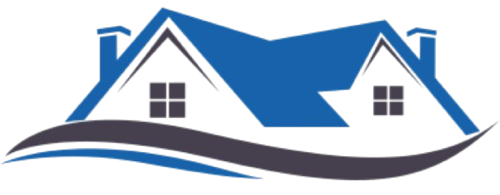
Because the company actually used 290 yards of denim, we say that DenimWorks did not operate efficiently. When we multiply the additional 12 yards times the standard cost of $3 per yard, the result is an unfavorable direct materials usage variance of $36. In a standard costing system, the costs of production, inventories, and the cost of goods sold are initially recorded using the standard costs. In the case of direct materials, it means Accounting Periods and Methods the standard quantity of direct materials that should have been used to make the good output.
Ideal, Perfect or Theoretical standards
Since cost accounting is used internally and not shared with external parties, such as shareholders, cost accounting does not require to be reported using specific standards or rules. This makes it different from financial accounting where specific standards and rules need to be followed for reporting purposes. That part of a manufacturer’s inventory that is in the production process but not yet completed. This account contains the cost of the direct material, direct labor, and factory overhead in the products so far. A manufacturer must disclose in its financial statements the cost of its work-in-process as well as the cost of finished goods and materials on hand.
Help to Provide Guidance for Improving Efficiency
This promotes a sense of standard costing system accountability within the management and the employees of a business. Since attainable standards are developed with realistic goals, these can have a positive impact on the motivation of employees. The company usually conduct the testing to estimate a proper standard cost of each production unit. With this cost, they will be able to calculate the inventory valuation, cost of goods sold, which will impact the profit during the period. More important, it helps the management to set a proper price and compete in the market.
To Set Standards for each Type of Cost
A record in the general ledger that is used to collect and store similar information. For example, a company will have a Cash account in which every transaction involving cash is recorded. A company selling merchandise on credit will record these sales in a Sales account and in an Accounts Receivable account.

Differences between the actual costs and the standard costs will appear as variances, which can be investigated. In addition to enhancing Interior Design Bookkeeping forecasting accuracy, standard costing also aids in performance evaluation. By comparing actual costs to standard costs, managers can assess the efficiency of various departments and identify areas for improvement.
- Because of the cost principle, the financial statements for DenimWorks report the company’s actual cost.
- Performance standards are typically used in order to set efficiency targets of business.
- The main objective of standard costing is to set standards for each type of cost incurred for a particular product within the business.
- Some valuable items that cannot be measured and expressed in dollars include the company’s outstanding reputation, its customer base, the value of successful consumer brands, and its management team.
- There are certain factors that need to be considered before establishing a standard costing system.
As a result, financial statements become more stable and predictable, providing a clearer picture of the company’s financial health. One of the primary benefits of standard costing in budgeting is its ability to streamline the forecasting process. With established cost benchmarks, companies can project future expenses with greater precision, reducing the likelihood of budget overruns. This predictive capability is particularly valuable in industries with fluctuating costs, as it enables businesses to anticipate changes and adjust their budgets accordingly. Moreover, standard costing helps in identifying cost-saving opportunities by highlighting areas where actual costs consistently fall below the standards. Let’s assume that in 2024 DenimWorks manufactures (has actual good output of) 5,300 large aprons and 2,600 small aprons.

What is the Process of Standard Costing?

Subsequently, variances are recorded to show the difference between the expected and actual costs. This approach represents a simplified alternative to cost layering systems, such as the FIFO and LIFO methods, where large amounts of historical cost information must be maintained for inventory items held in stock. Since the company’s external financial statements must reflect the historical cost principle, the standard costs in the inventories and the cost of goods sold will need to be adjusted for the variances. Since most of the goods manufactured will have been sold, most of the variances will end up as part of the cost of goods sold. Calculating standard costs involves a meticulous process that integrates various data points to establish a reliable cost framework.
